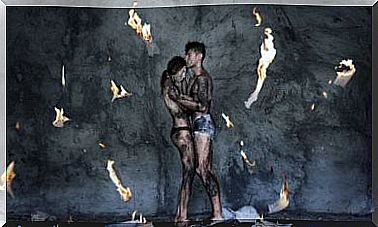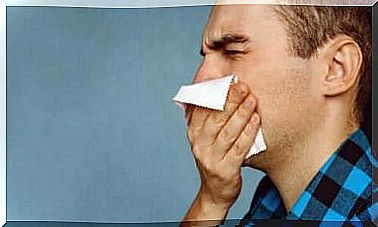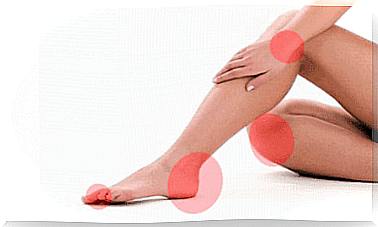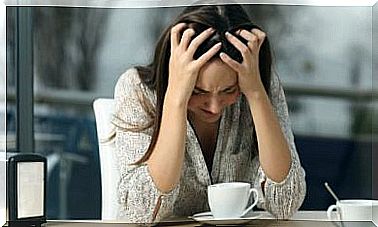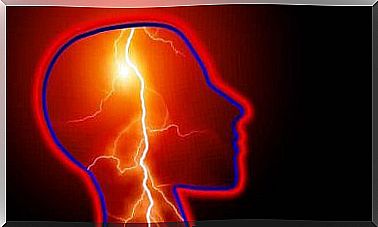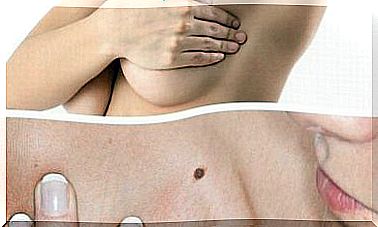Alopecia Areata: Symptoms, Causes And Treatments
Alopecia areata is a disease of the scalp which causes hair loss in rounded areas. This disease does not endanger the lives of people who suffer from it, but it affects their quality of life. We invite you here to learn more about the subject.
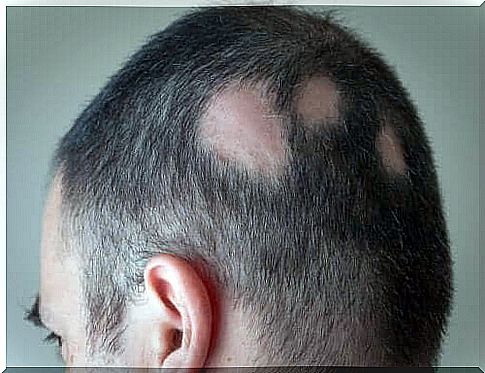
Alopecia areata is not a very common disease, but it is known in the medical field. It is particularly important in dermatology, as consultations for this reason are not that unusual.
The disease consists of hair loss in a specific area of the body. The most affected area is the scalp, but the beard or fuzz of the upper and lower limbs can also be affected.
Both women and men of any age can be affected by this disorder, but most of the recorded cases involve young adolescent males. Children are not free from symptoms, especially if there is a family history.
There is a link between alopecia areata and stress. Some patients have developed this disease after going through a difficult period such as the death of a loved one, a chronic illness or an accident. However, this is not the most common case.
For medicine, there are several types of alopecia areata:
- In single plate: this is the most common form. Hair loss affects only one area of the body
- In multiple plate: unlike the previous case, there are several affected areas
- Total: a large plaque forms as a result of hair loss and affects the entire scalp causing total baldness
- Universal: in addition to affecting the scalp, alopecia areata universal extends to the eyebrows, eyelashes and armpits
- Diffuse: hair loss does not affect a specific area: the entire scalp is affected in a diffuse way
- For dark hair: this is the least common form. Hair loss only affects pigmented hair: it means white hair is spared. This shape thus gives the impression that the person has had gray hair overnight.
The root causes of alopecia areata
There is no precise information on the origin of alopecia areata. It is considered to be an autoimmune disease : it means that the body mistakenly attacks parts of the body.
In the case of alopecia areata, the body’s immune system identifies the hair follicles as dangerous or foreign and then attacks them by mistake. Once the follicle is attacked, the hair falls because it loses its support and its source of nutrition.
Histopathological studies reveal a large inflammatory process in the affected areas. White blood cells build up around the hair follicles, preventing hair growth. The fall is then an expected consequence of this inflammation.
Some people suffer from alopecia areata because of the presence of another autoimmune disease such as rheumatoid arthritis or celiac disease. It sometimes happens that hair loss is the first symptom of one of these diseases and that this disease manifests itself completely later.

Symptoms
Alopecia areata is not expected to cause pain, itching, or a burning sensation. Hair loss is the only symptom of the various forms of the disease. Peeling of the skin and reddening are also not symptoms of the disease.
The presence of only one symptom is a very important feature, as it helps distinguish alopecia areata from other diseases. Some types of alopecia are manifested by pain or visible inflammation; this does not apply to alopecia areata.
Usually, the areas affected by hair loss are between one and four centimeters in size. They are generally rounded and smooth.
The beard, eyebrows, eyelashes, down of the lower and upper limbs as well as pubic hair are other areas that may be affected. Since nails share their embryological origin with hair, it sometimes happens that the fragility of the nails accompanies hair loss.
The evolution of the total form of alopecia areata is relatively rapid. From the first plate until the complete extension only six months can pass.
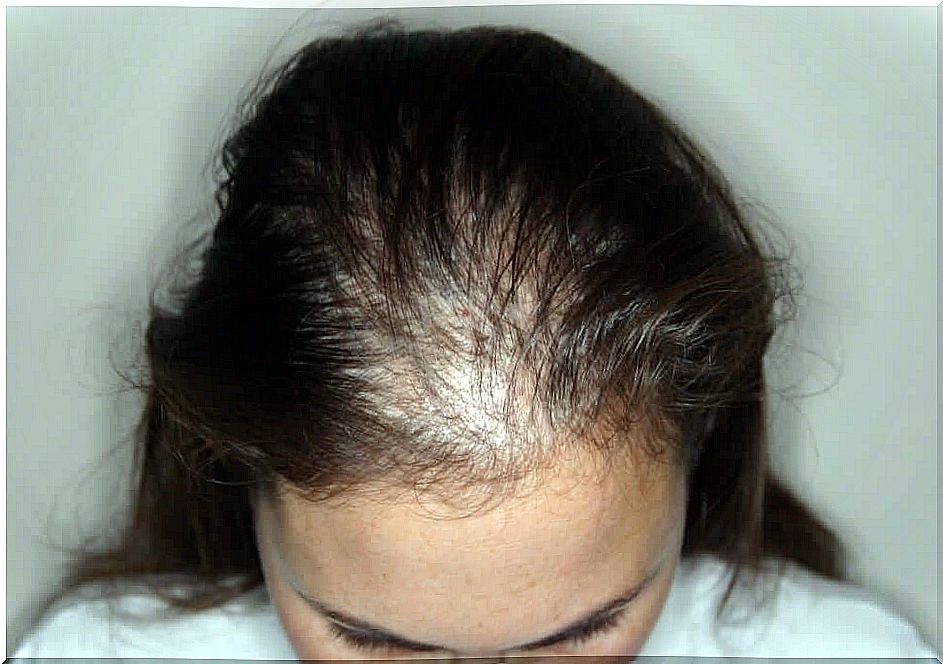
Treatment of alopecia areata
Although this is not a serious illness or a life-threatening illness, the psychological aspect of the illness is important. Patients’ self-esteem takes a hit and their social interactions decline due to feelings of shame.
Hair recovery is automatic for many people. Even without treatment, the hair follicles will work again after a few months and the area of baldness will repopulate. It is estimated that half of patients recover all their lost hair in less than a year without treatment.
On the other hand, when the affectation is important or when the evolution is rapid, treatment under the supervision of a doctor is preferable. It is not yet clear how long the treatment should take to reverse the effects. That will be up to the doctor to judge.
The treatments currently available are as follows:
- Local drugs (minoxidil, dithranol or corticosteroids in cream form)
- Corticosteroid injections directly under the affected skin
- Ultraviolet light
